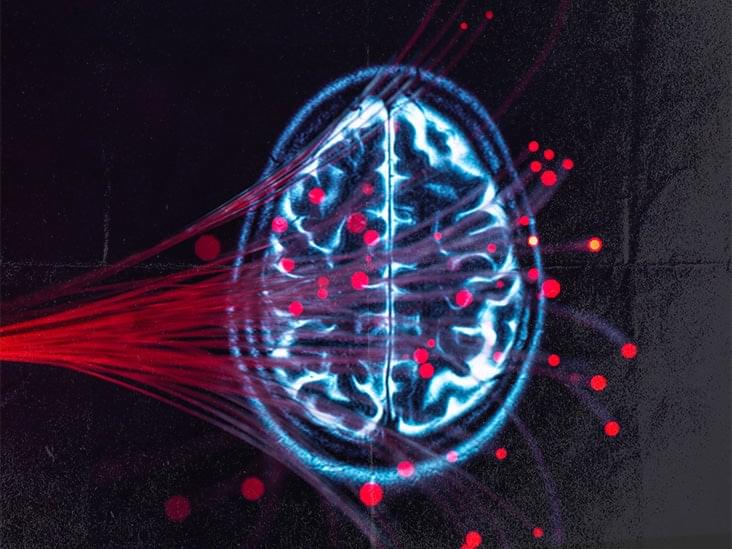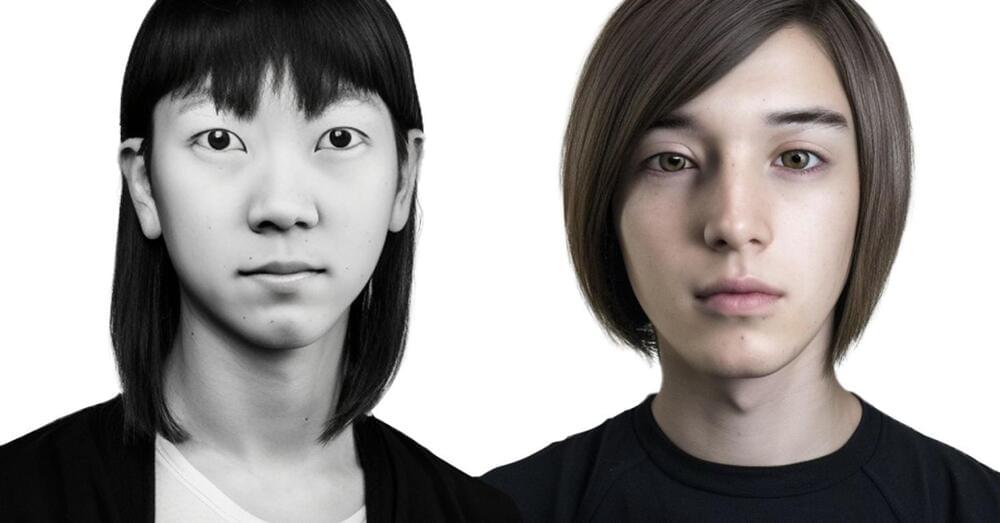This post is also available in:  עברית (Hebrew)
עברית (Hebrew)
Researchers from John Hopkins University together with Dr. Brett Kagan, chief scientist at Cortical Labs in Melbourne, have recently led the development of the DishBrain project, in which human cells in a petri dish learnt to play Pong.
The team claims that biological computers could surpass today’s electronic computers for certain applications while using a small fraction of the electricity required by today’s computers and server farms.







